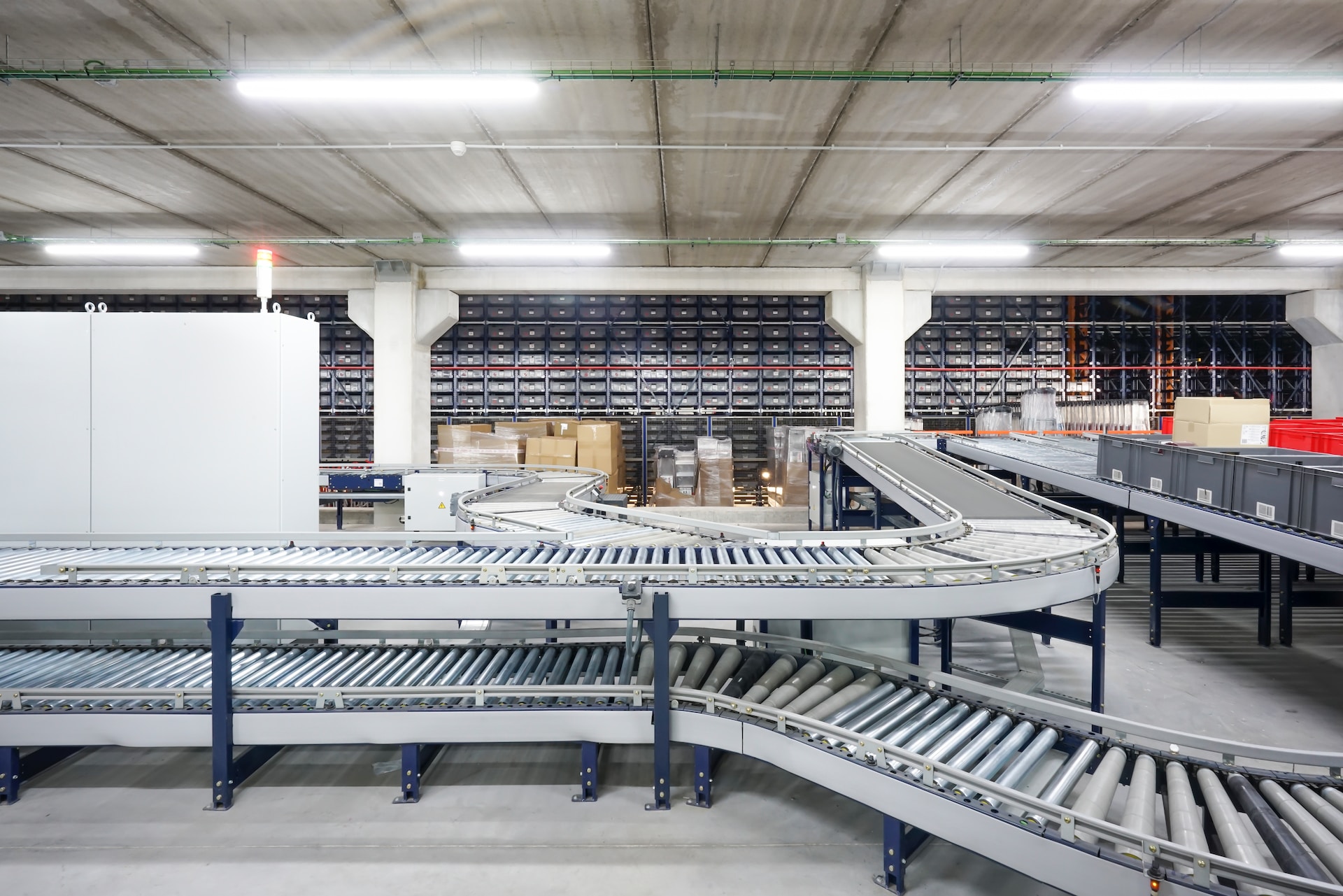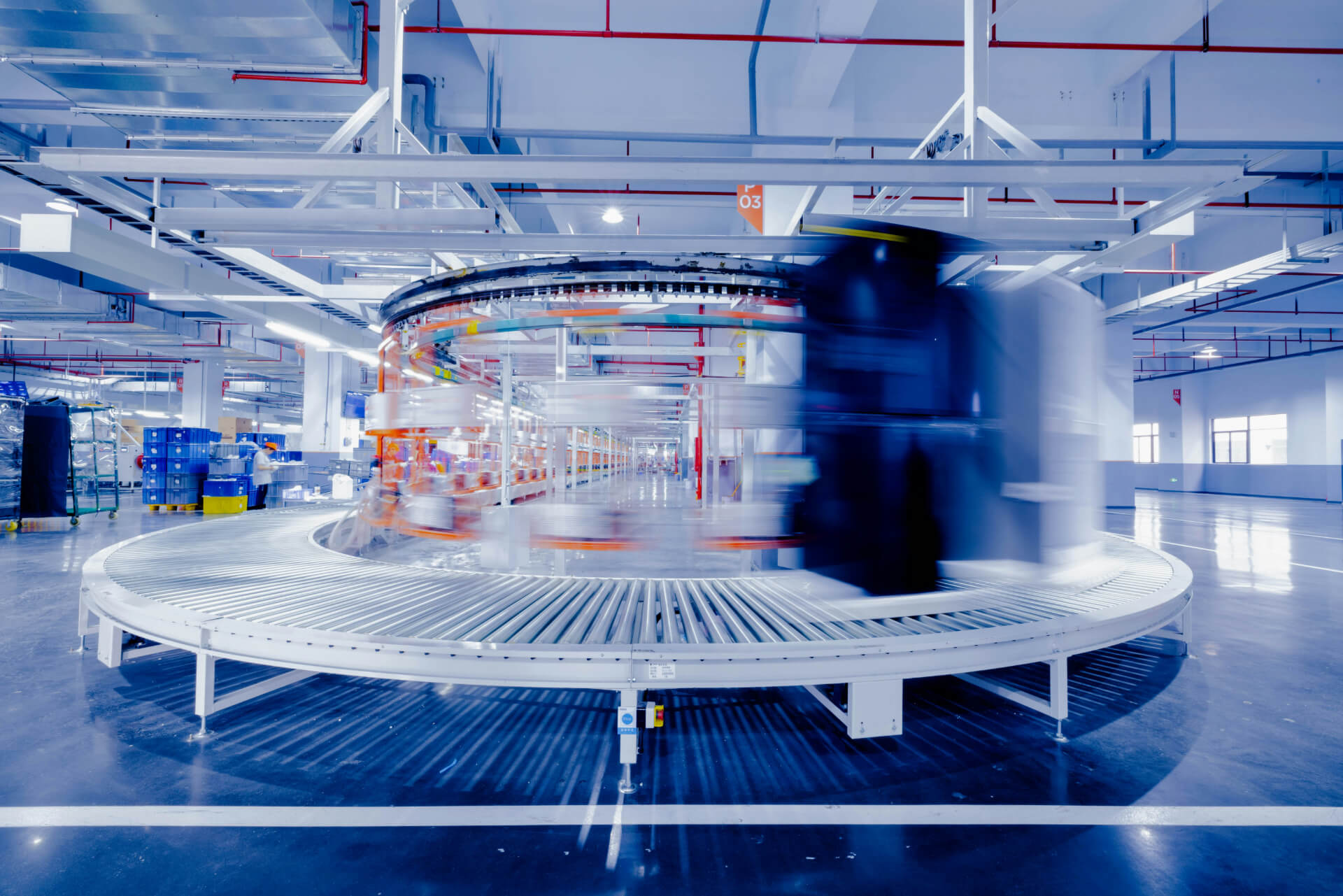
Types of Material Handling Automation and Their Benefits
November 19, 2023 - Emily Newton
Revolutionized is reader-supported. When you buy through links on our site, we may earn an affiliate commission. Learn more here.
Robots have populated factory floors for decades now. Warehouses, by contrast, have been slow to embrace automation, largely because their workflows were too variable for robots to be effective. New material handling automation technologies are changing that.
Material handling is usually a manual process, even in heavily automated manufacturing facilities. Now, as new technologies make automation viable in these workflows, businesses have more possibilities ahead of them.
Types of Material Handling Automation
Capitalizing on material handling automation starts with understanding what’s available. Despite being a relatively new field, this technology already comes in several forms.
Conveyors
Conveyor systems are the most basic type of this automation. Instead of walking all the way to and from a shelf to retrieve materials, employers place needed items on a conveyor belt. The belt then delivers the package somewhere else in the warehouse without anyone having to walk.
Automated conveyors still require manual labor to place items on and take them off the belt. Still, they let warehouses move away from the most common but least efficient picking method — single-order picking. Workers don’t waste time walking throughout the warehouse because the items travel most of the necessary distance on the conveyor.
Automated Storage and Retrieval
Automated storage and retrieval systems (AS/RS) are the next step up in material handling automation. These larger, more complex systems not only transfer items to new locations autonomously but automatically pick them from warehouse shelves. To do that, they use cranes, robotic arms, carousels, shuttles and similar mechanical systems.
AS/RS comes in many forms, each with varying use cases and complexity. Some simply scale storage racks to retrieve hard-to-reach items for workers without scissor lifts. Others use crane arms to pick items, then travel along tracks on the ceiling to take them to other parts of the warehouse.
Autonomous Guided Vehicles
Autonomous guided vehicles (AGVs) are the most advanced and versatile of these systems. AGVs drive throughout a facility without human input, either following a predetermined path or navigating through cameras and sensors. Some can retrieve items autonomously, automating the entire picking process, while others only automate the transportation process while taking less space than a conveyor.
AGVs are still new, but they’ve already grown enough to have specific safety standards from industrial regulators. That’s because they’re far more compact and versatile than other material handling systems. They’re also typically more expensive, but the resulting savings make up for their higher price tags.
Benefits of Material Handling Automation
Whichever specific technology warehouses go with, automated material handling has several important benefits. Here are some of the most significant.
Efficiency
Like most other automated systems, material handling automation is far more efficient than manual alternatives. Robots don’t have the same physical limitations as people, so they can complete the same jobs in less time.
Automated material handling’s efficiency goes beyond merely moving faster. Because a single robot can account for several unfilled jobs, AGVs and similar systems address labor shortages. Understaffed warehouses can still accomplish more work despite not being able to get enough workers to fill these roles the conventional way.
It’s also worth noting that manual material handling is one of the least efficient processes in a warehouse. Consequently, when robots automate it, they leave human workers with considerably more time in the day to accomplish other tasks.
Safety
Material handling is also a dangerous job. Overexertion is the second most common injury type resulting in days away from work. Repetitive motions like bending to pick things up and strain from carrying heavy items are often to blame, and that’s precisely what material handling involves.
When warehouses automate these workflows, they remove employees from these injury risks. Even if robots only handle some of a facility’s material moving, they can have a significant impact. They can manage the heaviest loads or those in harder-to-reach areas, eliminating the most hazardous parts of the job for workers.
The more material handling workflows a warehouse can automate, the more they can protect workers. In addition to preventing accidents, those safety improvements can boost morale and increase employee engagement.
Cost Reduction
Those efficiency and safety benefits mean material handling automation also reduces operating expenses. While these machines often carry high upfront prices, they’ll lower costs in the long run.
Much of these savings stem from higher productivity. Automating material handling lets warehouses increase their throughput without expensive hiring processes or seasonal labor. Because robots make fewer mistakes than humans, they’ll also lose less time and money to resolving errors.
Preventing accidents also saves money. Warehouses can avoid worker’s compensation payments or lost productivity from workplace injuries. Employees will also be able to maintain higher efficiency standards when they’re not tired from extensive physical labor.
Automating Wisely
Facilities hoping to capitalize on material handling automation should keep a few things in mind. While this technology has many advantages, it requires careful implementation to reach its full potential.
Cost concerns are the leading barrier to automation in warehouses, so it’s important to address them. The key to managing these expenses is approaching automation slowly. Warehouses should automate a single process in a single workflow first and wait until that project shows returns to expand their automation. During the initial phase, leaders should note any missteps they can avoid in future projects.
Automating any task is also inherently disruptive. Warehouses can minimize that disruption by preparing employees ahead of time. Managers should create a specific plan for workers’ new schedules when robots take over some tasks. Sharing these updates with employees ahead of time and training them thoroughly on how to work with robots is essential.
Finally, warehouses should always view automation as a way to complement workers, not replace them. Humans and robots are ideal for different tasks, so it’s important to help workers find new, better-fitting roles after automating material handling. Offering upskilling opportunities to give employees new technical or managerial skills will ensure they remain engaged and employed despite automation.
Material Handling Automation Could Revolutionize Logistics
The logistics sector must adapt to meet rising demands amid other challenges. Material handling automation could play a crucial role in that shift.
In all its forms, automated material handling is faster, safer and more cost-effective than conventional approaches. Learning about these possibilities is the first step to capitalizing on them.
Revolutionized is reader-supported. When you buy through links on our site, we may earn an affiliate commission. Learn more here.
Author
Emily Newton
Emily Newton is a technology and industrial journalist and the Editor in Chief of Revolutionized. She manages the sites publishing schedule, SEO optimization and content strategy. Emily enjoys writing and researching articles about how technology is changing every industry. When she isn't working, Emily enjoys playing video games or curling up with a good book.






